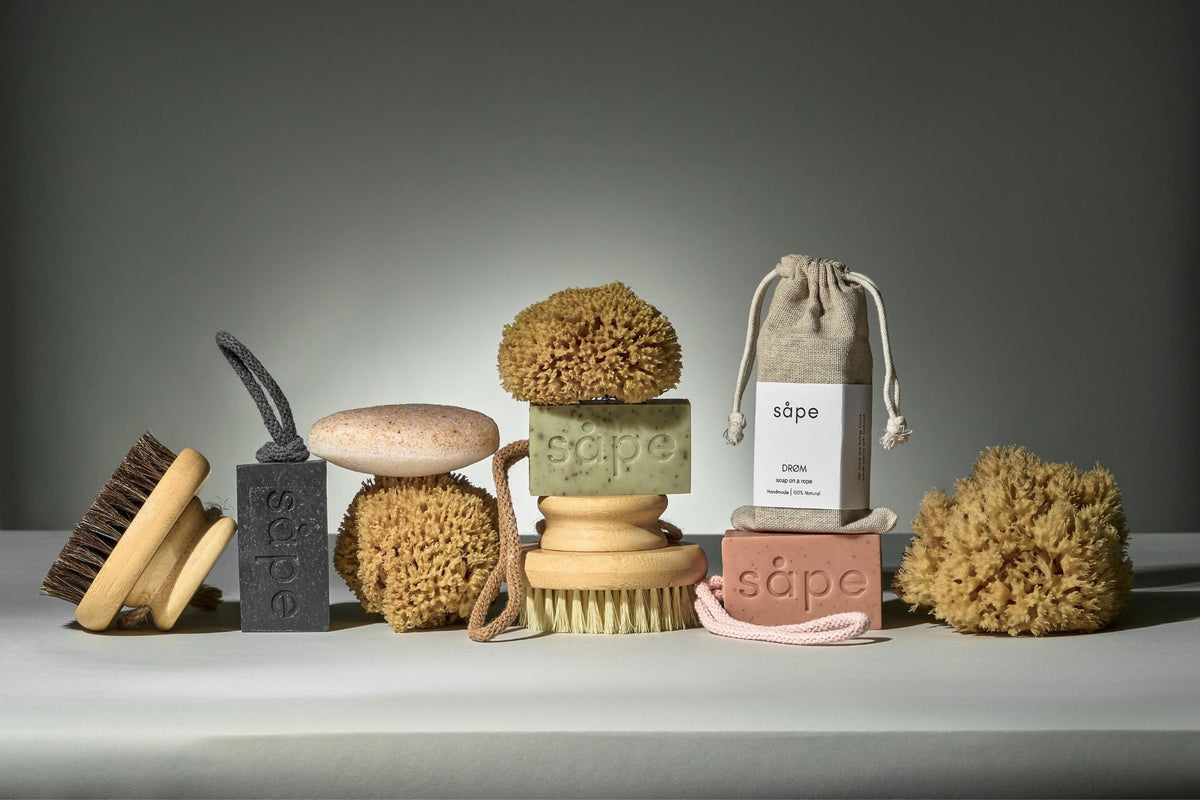From Clay to Ritual: The Making of a Handmade Ceramic Soap Dish
A handmade ceramic soap dish is more than an object. It carries with it the story of time, skill, and deliberate attention — the kind of work that cannot be hurried.
And, in many ways, it is like life itself.
Shaping from the Wheel
It begins with raw clay, weighed and prepared. In the hands of the potter, it is centred on the wheel — a quiet but crucial step that demands both physical strength and sensitivity. Too much pressure, and the clay resists. Too little, and it will not form.
In this stage, the clay is at its most malleable — easy to shape, open to possibility. Much like life at its beginning, when every direction is still ahead.
From here, the walls of the dish are drawn up slowly. The potter’s hands move with precision learned over years, balancing symmetry with the subtle variations that give each piece its individuality.
This part alone — from preparing the clay to shaping it — can take 20 to 30 minutes per piece.
The First Drying
Once shaped, the dishes must rest. Clay cannot be rushed; it needs time to release moisture naturally. This drying stage may last a full day or more, depending on the air, the season, and even the weather outside.
During this time, each dish is inspected. Edges are smoothed. Any adjustments are made by hand, with tools that leave no trace of their intervention.
Like a person in a season of stillness, the clay holds its form while preparing for the transformations ahead.
Bisque Firing
When the clay has reached a leather-hard stage, it is ready for its first firing — known as bisque firing. This step transforms clay into ceramic. The kiln rises to temperatures above 900°C over several hours, then cools slowly.
It is the moment the clay becomes something stronger, more resilient. In life, it is the trials that give us shape, the challenges that strengthen us from within.
This process alone can take over 24 hours from start to finish.
Glazing
With the bisque-fired dish in hand, the potter applies the glaze — the thin layer that will seal and finish the surface. The glaze can be brushed, poured, or dipped, but each technique demands care. Too thick, and it will run. Too thin, and the finish will lack depth.
Every choice — from glaze composition to colour — must be made with the final function in mind. In life, too, the decisions we make add layers to who we are — shaping our outward expression while protecting what is within.
The Final Firing
The glazed dishes return to the kiln for a second firing, often reaching over 1200°C. This is where the transformation completes: glaze melts, hardens, and bonds to the clay. Colours settle. Surfaces become smooth.
It is the point at which purpose is fixed, and the object becomes ready to live out its role — just as, over time, life’s experiences give us clarity and direction.
This firing and cooling process takes another 24–36 hours.
The Details You Can’t See at First
What makes a handmade ceramic soap dish so different from something mass-produced isn’t only the visible craftsmanship — it’s the countless, unseen decisions along the way.
-
The clay body chosen for its strength and texture.
-
The curve of the surface, designed to hold the soap without pooling water.
-
The subtle glaze variation that tells you no two are alike.
Each dish is the result of days of slow, methodical work — and years of skill in the hands that made it.
Why It Matters
In a world where most things are made quickly and without a trace of their maker, an object like this holds a different kind of value. It’s not just a surface to rest your soap. It’s a piece of craft you bring into your home, made to live with you for years.
From raw beginnings to a finished purpose — both pottery and life share this journey.
Our first collection of handmade ceramic soap dishes arrives soon — in a small batch, shaped by hand, one by one.
It will be a limited release. You can get early access to access the release before everyone else.

